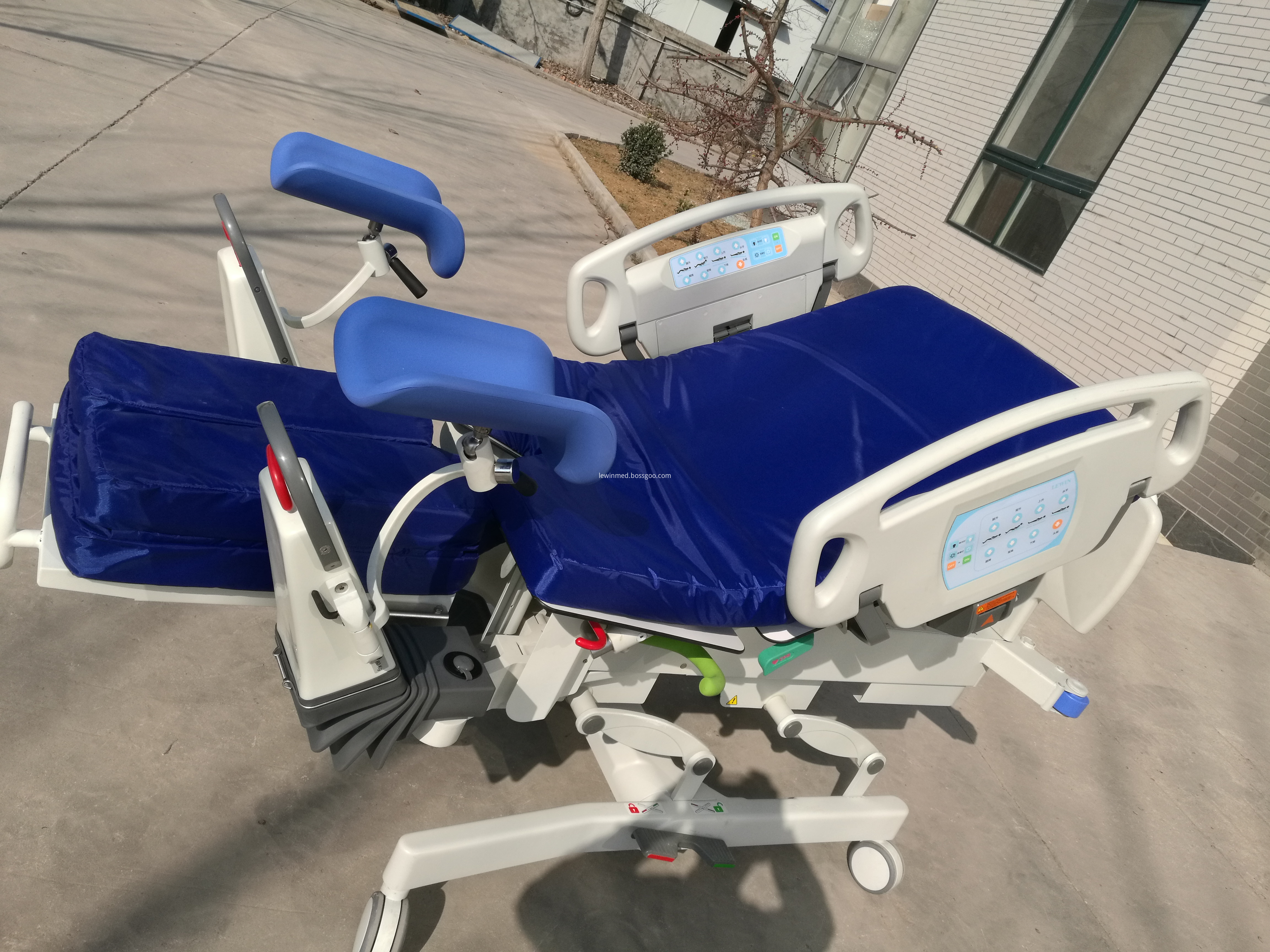Extend the freshness of flower arranging "Seven Characters"
The first technique is **"Timing."** This refers to selecting the right time for cutting flowers. In general, winter flowers should be harvested at noon, while spring and autumn flowers are best collected in the morning or evening. Summer flowers are most suitable for early morning collection or after rainfall. The method of collection also varies depending on the type of flower.
The second technique is **"Spraying."** This involves applying a polymer membrane to seal some pores and prevent water loss, thus extending freshness. These membranes are typically made from alcohols and waxes.
The third technique is **"Supplement."** This means providing additional energy to the cut flowers by adding sugar to the water. A 3%-5% sugar solution at room temperature (28-30°C) can significantly extend the life of various flowers. For example, asters can last up to 8 days, snapdragons 6 days, and marigolds 7 days.
The fourth technique is **"Defense."** This focuses on preventing water evaporation. One method is to cut the stems underwater, which helps increase the absorbent surface area. Some flowers, like magnolia and clove, require the base of the stem to be cut into bevels or cross-sections, or even broken with a hammer. Others may benefit from water irrigation, syringe injection, or deep-water soaking to promote water absorption.
The fifth technique is **"Cutting."** Ensuring that the vascular system remains unobstructed is crucial. Flowers like roses, gladiolus, tulips, and lilies should be cut just before placing them in water. Chrysanthemums and dahlias should be cut when fully open, while camellias and peonies are best cut at half-bloom. In colder seasons, it's important to avoid low temperatures and ensure the plant has enough moisture. Using a sharp knife and cutting in the morning or late afternoon helps prevent wilting.
The sixth technique is **"Sterilization."** Keeping the environment clean is essential to prevent microbial growth and clogging. Vases should be sterilized with potassium permanganate solutions, and clean water—preferably boiled or well water—should be used. Cut ends of flowers can be disinfected by burning or soaking in alcohol or silver nitrate solutions. Adding preservatives like acids or inhibitors can also help prolong the life of cut flowers.
The seventh technique is **"Cultivation."** After cutting, flowers still need nutrients. Adding 2% sugar, 1% vitamins, and other nutrients to the water can enhance freshness. Solutions such as detergent essence, sterile aqueous mixtures, aspirin, or nutrient-rich blends can significantly extend the lifespan of cut flowers. For instance, a 2%-4% detergent solution can double the life of cut flowers. Regularly replacing the solution ensures optimal results.
In addition, simple household methods like using aspirin, potassium permanganate, or citric acid can also be effective. By combining these techniques, you can enjoy fresh and vibrant cut flowers for a longer period.
Obstetric Delivery Table is suitable for gynecological diagnosis and examination, child-birth, caesarean operation and other gynecological surgical operations. Its height adjustment, back section and sitting section adjustment are precisely and smoothly controlled by pus rod. The low voltage system ensures user`s safety. The table has an aesthetically beautiful bodyline and the bed mattress is soft and made of leatheroid, which makes them easy to be taken off, cleaned and sterilized.

Obstetric Delivery Table,Gynecology Delivery Table,Delivery Table,Operating Table For Delivery
Shandong Lewin Medical Equipment Co., Ltd. , https://www.lewinmed.com